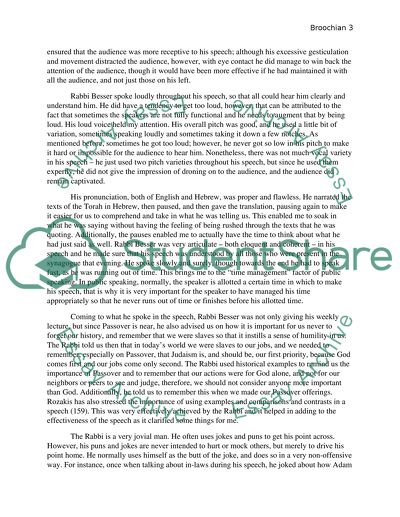Cite this document
(“Speech Analysis Rabbi Besser Essay Example | Topics and Well Written Essays - 2250 words”, n.d.)
Speech Analysis Rabbi Besser Essay Example | Topics and Well Written Essays - 2250 words. Retrieved from https://studentshare.org/journalism-communication/1564324-speech-analysis
Speech Analysis Rabbi Besser Essay Example | Topics and Well Written Essays - 2250 words. Retrieved from https://studentshare.org/journalism-communication/1564324-speech-analysis
(Speech Analysis Rabbi Besser Essay Example | Topics and Well Written Essays - 2250 Words)
Speech Analysis Rabbi Besser Essay Example | Topics and Well Written Essays - 2250 Words. https://studentshare.org/journalism-communication/1564324-speech-analysis.
Speech Analysis Rabbi Besser Essay Example | Topics and Well Written Essays - 2250 Words. https://studentshare.org/journalism-communication/1564324-speech-analysis.
“Speech Analysis Rabbi Besser Essay Example | Topics and Well Written Essays - 2250 Words”, n.d. https://studentshare.org/journalism-communication/1564324-speech-analysis.


